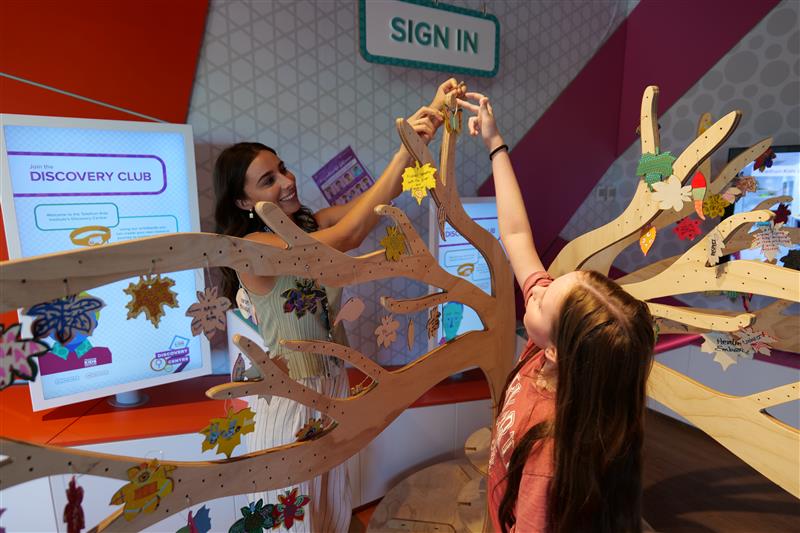Search

People
Michael SerralhaMichael Serralha is a Research Assistant in the Chronobiology and ORIGINS teams at The Kids Research Institute Australia.







Healing Kids, Healing Families advisory groups
Understanding children and families' hospital experiences to reduce stress and support wellbeing

Eva
Eva Age 19. Youth advocate, Youth Advisory Group community member. I believe that research is an integral part of society and contributes

Madi
Madi Age 19. Volunteer Coordinator, Discovery Centre volunteer. In a world that is constantly evolving and adapting, research is crucial
